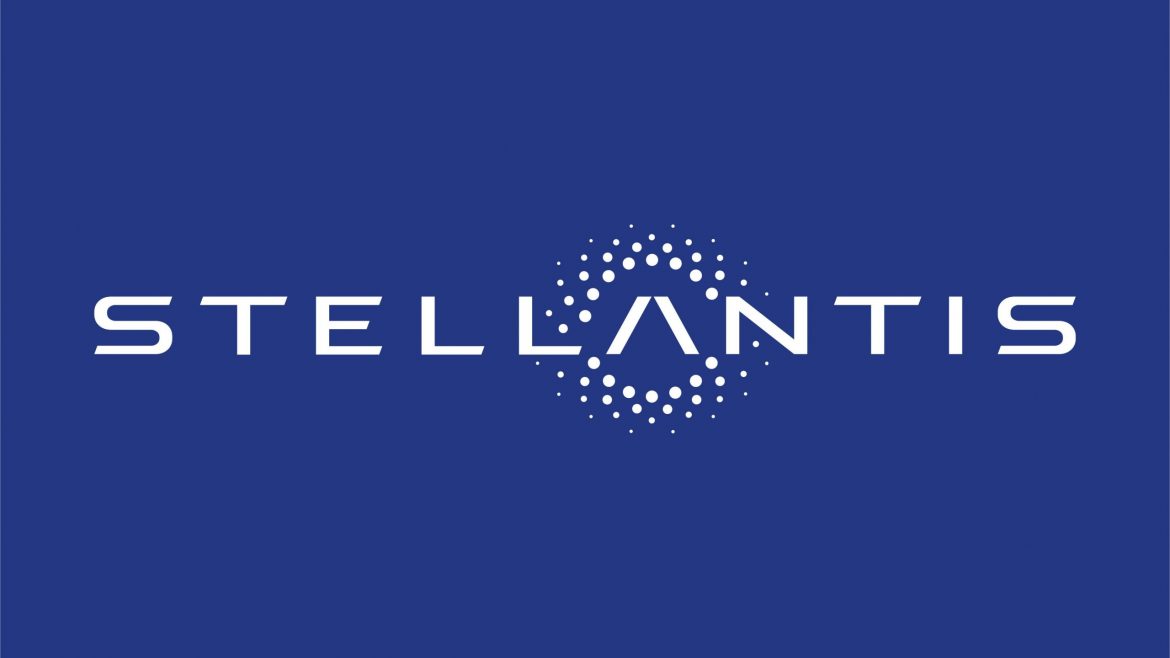Stellantis, a leading global automotive manufacturer, announced on Monday its plans to invest EUR 103 million (USD 111.02 million) in its Szentgotthard facility in Hungary. This investment aims to expand the production capacity of electric drive modules (EDMs), crucial components that will facilitate the company’s ambitious expansion of its electric vehicle (EV) portfolio.
The decision to invest in the Szentgotthard facility marks Stellantis’ third investment in an EDM manufacturing facility, following similar ventures in Tremery-Metz, France, and Kokomo, Indiana, in the United States. By strategically expanding its manufacturing capabilities, Stellantis seeks to bolster its position in the rapidly evolving electric vehicle market.
In addition to the investment in Hungary, Stellantis is ramping up production of next-generation electrified dual-clutch transmissions (eDCTs) for hybrid and plug-in hybrid vehicles at its Mirafiori Complex facility in Italy. These efforts reflect the company’s commitment to advancing electrification technologies and meeting the growing demand for sustainable mobility solutions.
Stellantis aims to align its expansion initiatives with its long-term electrification goals, including achieving 100% sales from battery EVs in Europe by 2030. To this end, the company has committed to investing USD 50 billion in electrification efforts over the next decade, signalling a significant shift towards cleaner and more sustainable transportation solutions.
The expansion project at the Szentgotthard plant will involve various stages, including the machining of key components, final assembly, and testing of 3-in-1 EDMs. These EDMs serve as integral units comprising electric motors, gearboxes, and power electronics, essential for both purely electric and hybrid powertrains. By incorporating advanced EDM technology into its vehicles, Stellantis aims to enhance performance while maintaining optimal efficiency.
Production of EDMs at the Szentgotthard plant is scheduled to commence in late 2026, marking a significant milestone in Stellantis’ journey towards electrification. As consumer demand for electric vehicles continues to rise, investments in manufacturing infrastructure play a crucial role in enabling automakers to meet evolving market needs and regulatory requirements.



